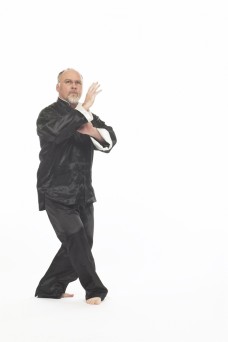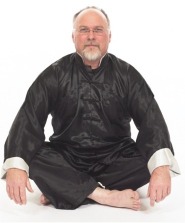I was thinking that people often present very differently to the way they are inside – some present as relaxed and confident but look at their bitten nails (no don’t look at mine!), many say good things about being honest but when it comes to it costing them then they let you down and it is only when you give them a chance to let you down that they show themselves. Others can appear weak and simple but turn out to have great inner strength and honesty – there is a Tai Chi expression about ” investing in loss ” which is primarily about letting yourself be vulnerable in order to find out your own weaknesses but it works the other way as well – if you show some vulnerability then it encourages the other person to let their guard down and reveal more of themselves.
I believe that most of this comes down to how people deal with their inner fear – everybody runs away at times, the real question is how do they do it – honestly or by blaming others?
We all have expectations about this – that if someone has one trait then they surely have another, but that so often trips us up and they turn out to be other than we expect.
Another martial arts metaphor likens a person’s development to the forging of a Japanese sword – we go through high energy times (high pressure or real fun stuff) – fire and low energy times (depression or relaxing) – cooling, and good steel gets stronger, more flexible and resilient the more it is worked until it is finished. Of course it needs polishing and looking after but at the end of the process a good person/sword is beautifully vibrant and balanced, able to deal with almost anything. We all have our limits of course but the trick is to recognise a good sword.
Interestingly I had the opportunity some time ago to handle some genuine Japanese swords at a museum collection where the curator was an enthusiast. Most felt like cold lumps of steel but one – made in 1360 – had a life of its own – it just felt like it wanted to move on its own. It looked nothing special, simple design, not highly polished, not very large, with some spots of rust and obviously well used, but once I held it I was in no doubt it was the real thing – then the curator told me its age – from a time when swords were made to be used and Samurai trusted a sword with their life, as opposed to later periods when they were often for show. In fact the Japanese master sword makers often did not sign their work saying that if a swordsman could not recognise a good sword without a label then they didn’t deserve it.
And a good teacher is like a good sword maker – pushing the steel to be the best it can be.






